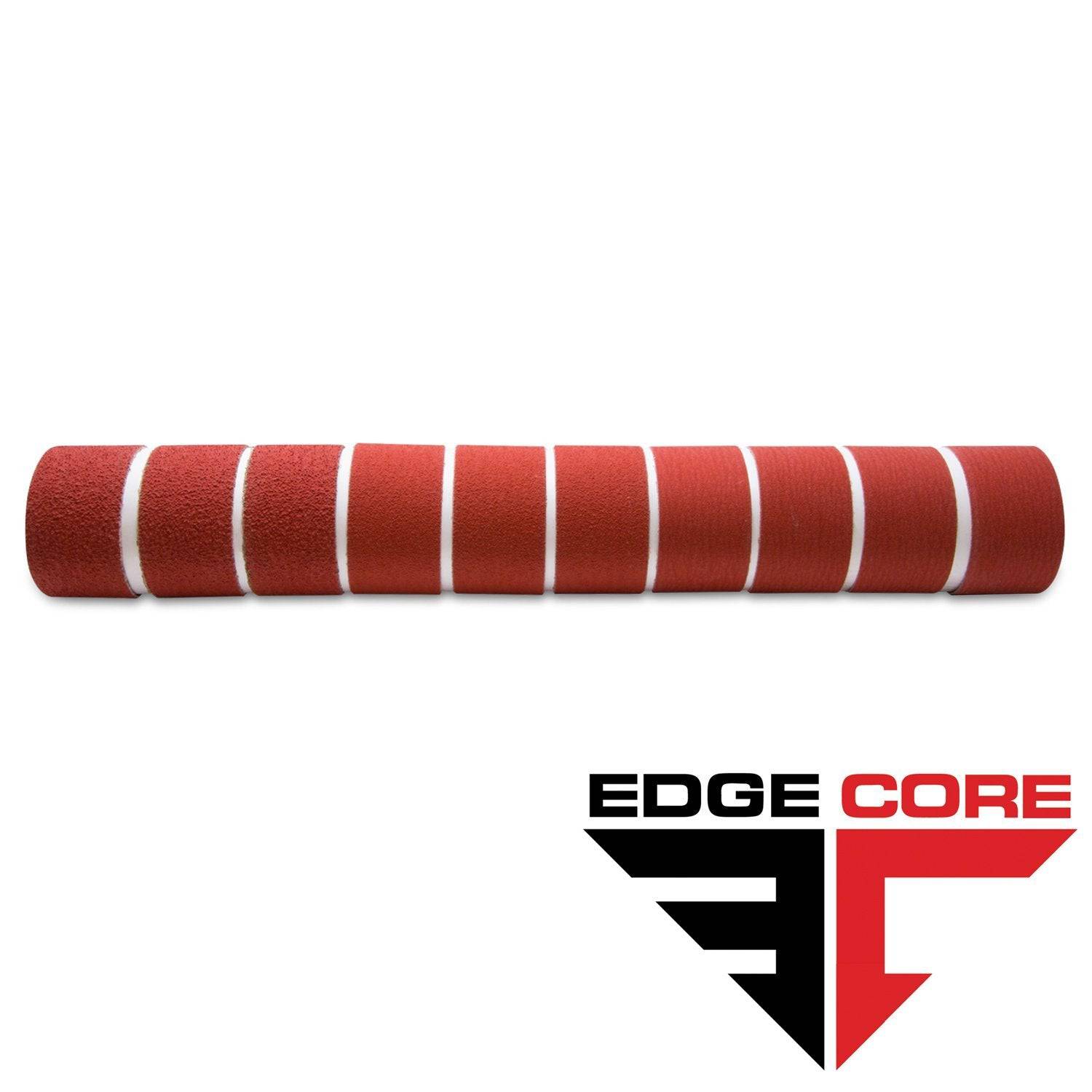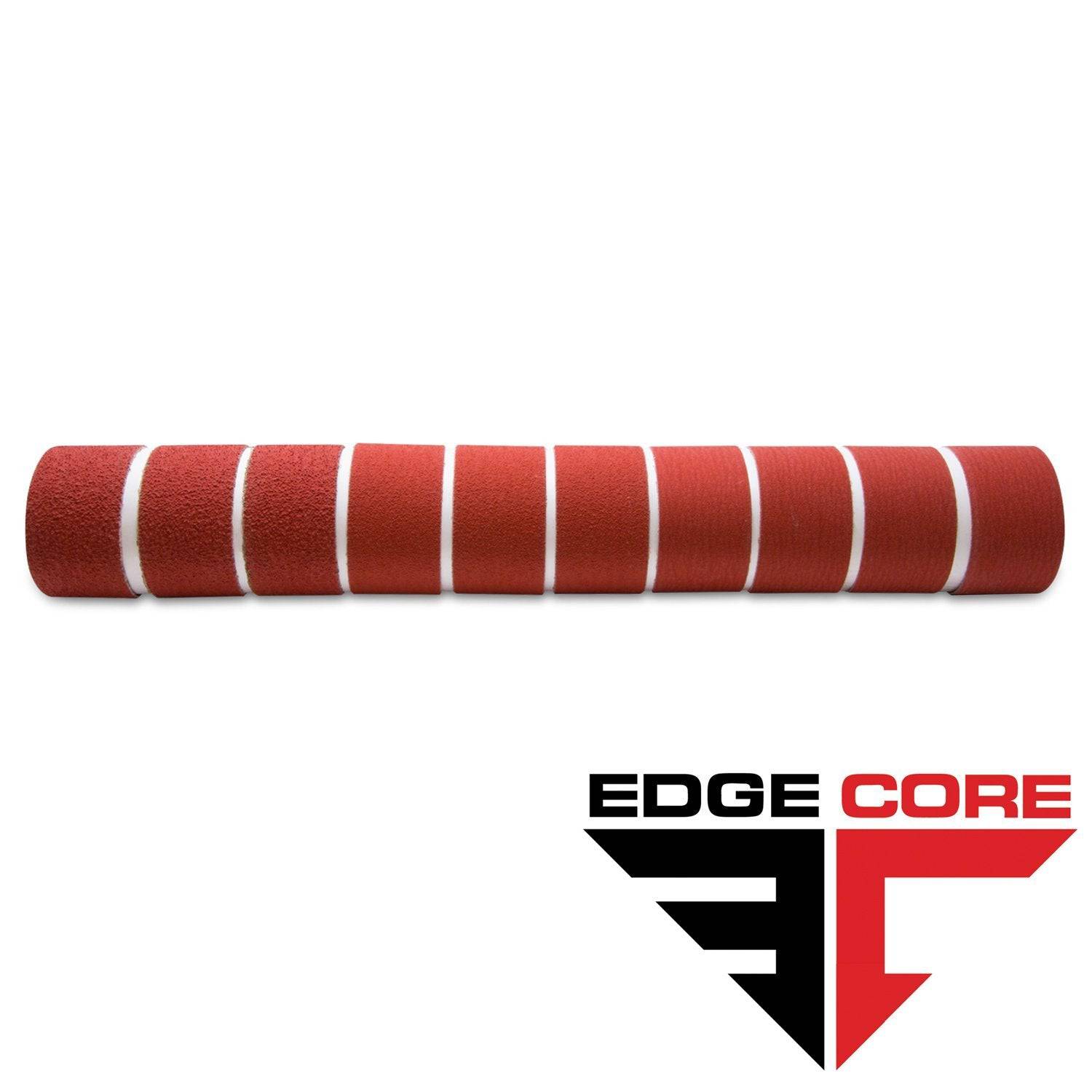Your Cart is Empty
Free Shipping over $150 (Excludes Oversized Products)
Free Shipping over $150 (Excludes Oversized Products)
Sanding Belts
Sanding Discs

Types Of Blades: Common Shapes & Their Uses
by David Kranker 7 min read

Quick Summary
Blades come in various shapes and sizes, each designed for a specific purpose, and having the right blade for the job can make all the difference. There are several common blade shapes, including clip-point, drop-point, needle point, serrated, sheepsfoot, spey point, straight back, recurve, hawksbill, and tanto.
Blades come in various shapes and sizes, each designed for a specific purpose. From serrated versions ideal for cutting through tough materials like rope or bread to straight blades used for precision cuts, the variety of blades available is endless. The materials used to make them also vary, with stainless steel and carbon steel being top choices: knife making has become a popular pastime for many, with enthusiasts spending hours honing their craft and perfecting their designs.
At Red Label Abrasives, we understand the importance of choosing the right blade for the job, which is why we’ve put together this blog to highlight common shapes and their uses. Whether you are a beginner or an expert bladesmith, we hope that this information will help you guide your next successful project.

Clip-Point Blades
Clip-point blades have a concave curve at the back of the blade that forms a clipped or straight point. This results in a thinner and sharper tip compared to other blade shapes. The blade is typically flat, with a straight edge that curves slightly upward to the tip.
Common uses for clip-point blades include piercing, detail work, and slicing. The thin, sharp tip makes them well-suited for tasks that require precision, such as piercing through tough materials, cutting through delicate objects, and slicing through meats or vegetables. They are also popular for hunting and outdoor activities, as they can be used for skinning and caping game.
Examples of knives that feature clip-point blades include the Buck Knives 112 Ranger, the Case Knives Mini Copperlock, and many pocket knives.

Drop-Point Blades
Drop-point blades have a convex curve that runs from the handle to the tip, with the spine of the blade curving down towards the tip as well. This creates a tip that is slightly lowered, making it easier to control and stronger than many other blade types.
Due to their strength and versatility, drop-point knives are commonly used for hunting, camping, and survival situations. The broad tip is ideal for skinning game, while the curved edge is perfect for slicing and chopping. They are also great for general-purpose use, such as slicing through rope, opening packages, and cutting food. Examples include the Benchmade Bugout and Kershaw Leek.

Needle Point Blades
Needle point blades have a symmetrical design with two edges that sharply taper from the handle to the point. This unique shape enhances the blade's ability to pierce and penetrate through various materials, making it an ideal choice for combat and self-defense. As a result, many needle-point knives are classified as weapons and may be illegal to possess in certain areas. Examples of knives with needle point blades include various types of daggers and stilettos, commonly found in military and tactical settings.

Serrated Blades
Serrated blades are knives with a saw-like edge that is used for cutting through tough materials that a straight edge might not be able to handle. The teeth on the edge of a serrated blade allow it to grip onto the material being cut, making it easier to slice through it.
Examples of knives with serrated blades include bread knives, steak knives, and some utility knives. Bread knives typically have long serrated blades with deep teeth that are used to cut through crusty bread without squashing while steak knives often have shorter serrated blades that make it easier to cut through tough meat. Some utility knives, such as those used for cutting carpet or drywall, also have serrated edges to help cut through those materials.

Sheepsfoot Blades
Sheepsfoot blades are characterized by their straight edge and a slightly curved back that slopes down to the tip, forming a blunt point. They have a flat spine that curves down to meet the edge at the tip. This type of blade is named after its resemblance to the shape of a sheep's foot.
Sheepsfoot blades are commonly found on knives used for heavy-duty tasks that require precision, such as electrical work, carpeting, and woodworking. They are also used in emergency and rescue situations, as well as for slicing through materials such as rope and webbing. Examples include the Spyderco Roadie and Benchmade Griptilian.

Spey Point Blades
Spey point blades have a straight edge that curves towards the tip of the blade, ending in a sharp point. The spine typically curves down towards the edge, creating a gradual curve. These knives are designed for precision cutting tasks that require accuracy and control. Examples include pocket knives, hunting knives, and traditional slip joint knives.
The spey point blade is commonly used in agricultural tasks such as castrating livestock, as well as in hunting and fishing for tasks such as skinning and gutting. Due to the lack of a sharp point, it is less suitable for piercing and stabbing tasks.

Straight Back Blades
Straight back blades are one of the most popular types of knife blades. They have a straight edge that curves upward to meet the dull back of the blade. This creates a spine that is thicker and stronger than other knife types, making it ideal for heavy-duty tasks.
Examples of knives with these blades include hunting knives, camping knives, and survival knives. They are designed to withstand heavy use and can be used for a variety of tasks such as chopping wood, preparing food, and cutting rope. Their main advantage is their strength, making them an excellent choice for heavy-duty tasks. Additionally, the straight edge provides a consistent cutting surface that makes it easier to make precise cuts.

Tanto Blades
Tanto blades are characterized by a straight front edge and a secondary bevel that meets the primary bevel at an angle, forming a sharp point. The tip of the blade is typically reinforced for added strength and durability.
Tanto blades originated in Japan and were traditionally used in Japanese swords, but they have since been adapted for use in knives. They are commonly found in tactical and survival knives, as well as in some hunting and outdoor knives. The sharp point and reinforced tip of the tanto blade make it well-suited for piercing tasks, such as cutting through tough materials or penetrating hard surfaces. The straight edge is also ideal for slicing and chopping, making it a versatile option for a variety of cutting tasks.
Examples of knives that feature tanto blades include the Benchmade Bailout and the Cold Steel Recon Tanto.

Trailing Point Blades
Trailing point blades have a curved spine that sweeps upward and elongates the tip, giving the blade a trailing point. The edge is typically straight or slightly curved and can be either plain or serrated.
Knives with trailing point blades are commonly used for slicing tasks, such as fileting fish or slicing meat. They can also be used for skinning game, as the upward sweep of the blade allows for easy maneuvering around bone and cartilage. The Spyderco Bow River is a popular example of a trailing point blade.

Wharncliffe Blades
Wharncliffe blades have a straight edge that curves upward to meet the dull back spine of the blade at the tip, forming a point. They typically have a flat grind and a thick spine, making them strong and durable.
Knives with Wharncliffe blades are often used for tasks that require precision, such as detailed woodworking, carving, and even medical procedures. The blade's point makes it ideal for puncturing, cutting, and slicing tasks. Examples include the Spyderco SwayBack and Gerber Fastball.

Recurve Blades
Recurve blades are characterized by a pronounced belly that curves outward before tapering back towards the handle, forming an S-shaped curve. This design allows the blade to have a longer edge while maintaining a compact size. The recurve shape is often seen in drop point and clip point styles, but it can also be a standalone blade shape.
One of the benefits of recurve blades is that they offer a versatile cutting edge. The curve of the blade allows for more cutting options, making it an ideal tool for slicing, chopping, and carving. The curve also helps to create a "rocking" motion when cutting, making it easier to cut through tougher materials.

Hawksbill Blades
A Hawksbill blade is characterized by its inwardly curved spine and cutting edge. This unique design gives the blade a pointed and downward-curved tip, resembling the beak of a hawk. The curve of the blade makes it an excellent tool for scraping surfaces, whittling, and other practical applications that require precision cutting.
One of the primary uses of a Hawksbill blade is in the crafting of fine woodworking projects. The curved tip allows for delicate shaping and smoothing of wood, making it a popular choice among woodcarvers and furniture makers. Additionally, the sharp point and curved edge of the blade make it ideal for opening boxes, slicing through packing tape, and other similar tasks.
Premium Knife Making Kits Available at Red Label Abrasives
Knowing what the different blades are and how they work is essential for anyone who wants to maximize their cutting tools. From straight blades for precision cuts to curved ones for slicing and serrated versions for tougher materials, each type has a specific purpose. By choosing the right blade for the job, you can achieve better results, work more efficiently, and keep yourself safe.
If you want to make your own knives, Red Label Abrasives offers premium quality knife making kits to get you started. Each one contains top-notch belts that utilize resin-over-resin bonding for a durable joint. With precision-engineered bi-directional tape joints, they can run in either direction, and the anti-clogging stearate ensures an even finish and cooler grinding temperatures, making them the ultimate choice for knife making. If you have questions or would like to place an order, call 844-824-1956 or fill out our contact form today! ABOUT THE AUTHOR
David Kranker is a writer and creative maker who has been covering the abrasive and knife-making industries on the Red Label Abrasives Blog since 2020. David spends his time continually researching sanding and bladesmithing to provide readers with the latest and greatest information. In his free time, David utilizes abrasives for many different home and auto projects at his home in Delton, MI.
Belt Packs Made For Knife Makers

2 X 72 Inch Knife Makers Sanding Belts Assortment

2 X 60 Inch Knife Makers Sanding Belts Assortment

2 X 48 Inch Knife Makers Sanding Belts Assortment

2 X 36 Inch Knife Makers Sanding Belt Assortment

2 X 42 Inch Knife Makers Sanding Belts Assortment

1 X 30 Inch Knife Makers Sanding Belts Assortment

1 x 42 Inch Knife Makers Sanding Belt Assortment
Shop By Product Category





Why Choose Red Label?







